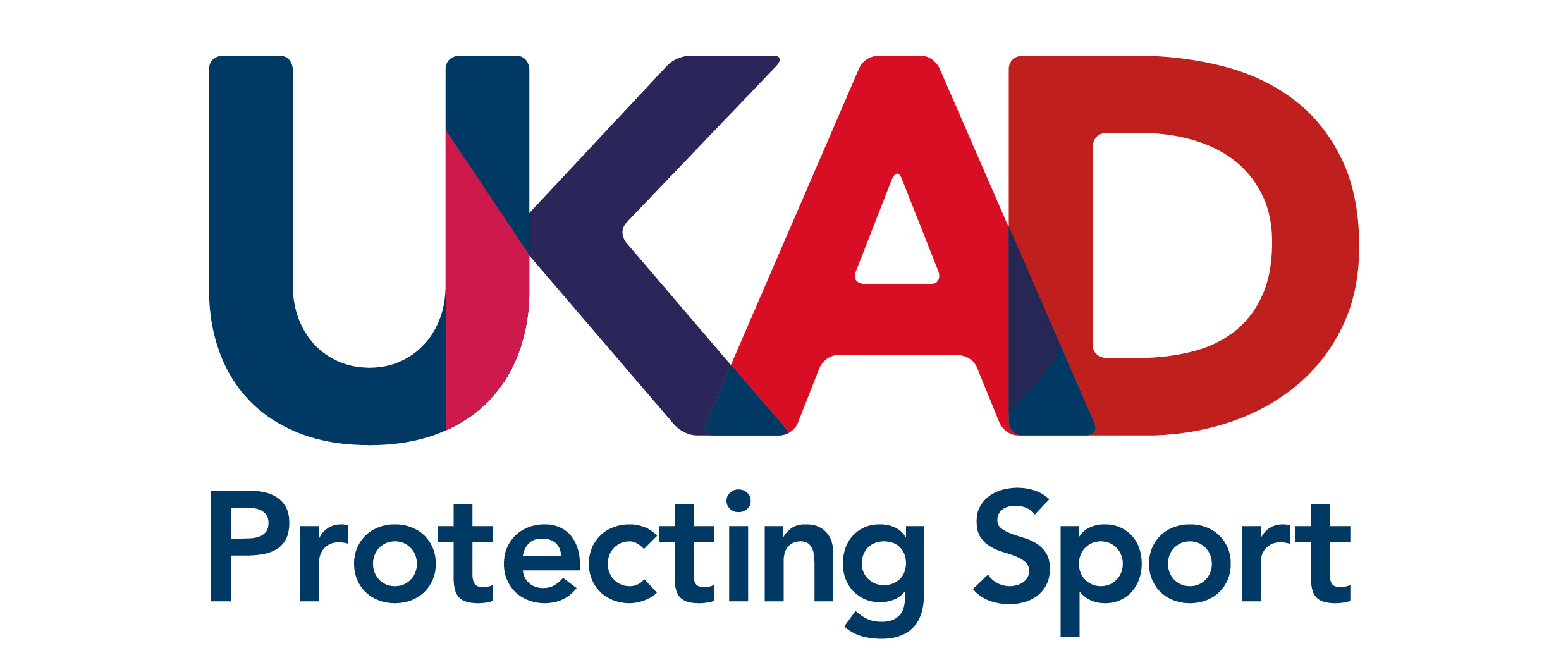The Testing Process
Athletes can be tested any time, any place.
We test to deter those vulnerable to a doping decision and to find those who chose to cheat by using banned substances.
Testing can take place in-competition at events, or out-of-competition, e.g., in training venues, or even at an athlete’s home.
Testing is intelligence-led and risk-based, and it will always be conducted with ‘no advance notice’.
The facts - what you need to know about the testing process
Here is an outline of the Testing Process for providing a Sample;
- Notification: Doping Control Personnel (DCP) will notify you to say you have been selected for testing and will show you their identification. You will be told what samples are being collected and you will be told your rights and responsibilities. You will be asked to show your identification and then you need to sign the Doping Control Form (this form will either be on paper or displayed on a secure digital device) to confirm you have been notified.
- Reporting: You will then be chaperoned (observed at all times) as you make your way to the Doping Control Station (DCS). This is where the testing will take place. You should report immediately to the DCS unless you request a delay for a permitted reason.
- Selecting Sample Collection Equipment: You should be given a choice of sample collection kits. Make sure the kit you select is sealed and has not been tampered with. This is important.
- Providing a Urine Sample: When ready, you will be asked to wash your hands or wear gloves and then to provide your sample. The DCP, who will be of the same gender as you, will directly observe you providing your sample. The DCP must have a clear view of the middle of your body, hands and forearms. The DCP will instruct you to move clothing that restricts this view. You will need to provide a minimum of 90ml of urine. This may be done on more than one occasion until you reach the required amount.
- Splitting the Sample (Urine only): Once you have 90ml or more, the DCO will ask you to split the sample between the A and B bottles, starting with the B bottle first.
- Providing a Blood Sample: For venous blood samples, the Blood Collection Officer (BCO) - a qualified phlebotomist - will collect the blood sample from you.
- Providing a Dried Blood Spot (DBS) sample - For DBS samples, the DCO, will collect the DBS sample from you. Learn more about Dried Blood Spot Testing.
- Sealing the Sample: Once your samples are in the A & B bottles you will be asked to seal them. Make sure you check and recheck that the tamper-evident bottle lids are securely fastened. Again, you will be given a choice of A and B bottles and you should ensure these have not been tampered with. You should also check that the code on the bottles and lids match each other as well as the stickers and box.
- Checking the Sample’s Concentration (Specific Gravity, Urine only): For the lab to be able to analyse your sample it needs to be of a specific concentration. The DCO will test your sample to make sure it is within range. Should your sample not be in range, you will be asked to provide another sample.
- Verifying the Sample: You will need to complete the Doping Control Form (provided on paper or a secure digital device) and sign it to complete the process. You will be asked to add any medications and/or supplements you have taken within the last seven days and if you consent to your sample being used for research purposes. Make sure you receive your copy of the Doping Control form which you should keep.
Finally, don’t forget that your samples will be sent to a WADA Accredited Lab for analysis. Your A sample will be analysed, and your B sample will be stored securely. Samples can be stored for up to 10 years.
Requesting a Delay
There may be situations where you would like to delay immediately reporting to the DCS. Athletes have the right to request a delay for the following permitted reasons. Any delay granted is a decision made by the DCP who has notified you.
For an In-Competition Test you can request a delay to:
- Participate in a medal ceremony
- Fulfil media commitments
- Compete in further competitions
- Perform a warm-down
- Obtain medical treatment
- Locate a representative and/or interpreter
- Obtain photo identification
- Any other exceptional circumstances which may be justified, and which shall be documented
For an Out-of-Competition Test you can request a delay to:
- Locate a representative
- Complete a training session
- Receive medical treatment
- To obtain photo identification
- Any other exceptional circumstances which may be justified, and which shall be documented
Athletes' Rights and Responsibilities
From notification for Doping Control, athletes have the right to:
- be accompanied by a representative and/or interpreter of their choice
- request a delay in reporting to the Doping Control Station for valid reasons (see above)
- ask for additional information about the sample-collection process
- request modifications.
Athletes have a responsibility to:
- always remain within direct observation of the DCP from the point of notification by the DCP until the completion of the sample collection procedure
- produce identification such as competition accreditation or a driver’s licence
- comply with sample collection procedures
- report immediately for a test, unless there are valid reasons for a delay (see above).
What that means for you
You should always undertake the test. Refusing a test can lead to a four-year ban.
It is also important that you understand your rights and responsibilities in relation to testing.
What you should do
- Familiarise yourself with the Testing Process and your rights and responsibilities
- Always undertake the test
- Consider taking a representative with you
- Download the 100% me Clean Sport App and use its medications function to record all the medications you have taken – this will help you complete the Declarations box on the Doping Control Form
Where to go for further advice
Read about modifications to the testing process for minors or athletes with an impairment.

